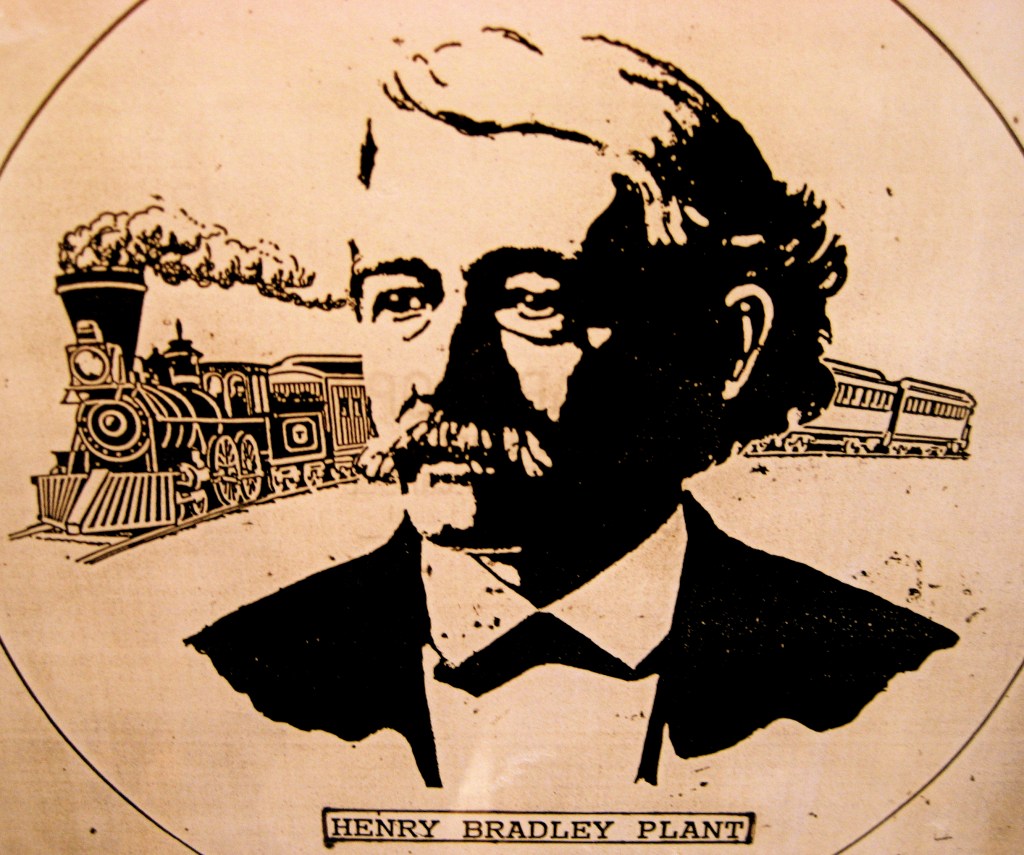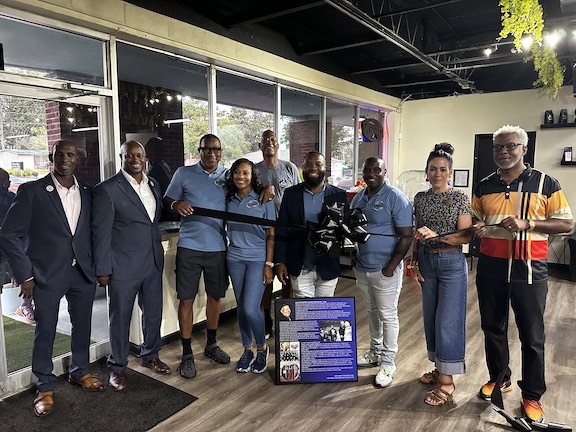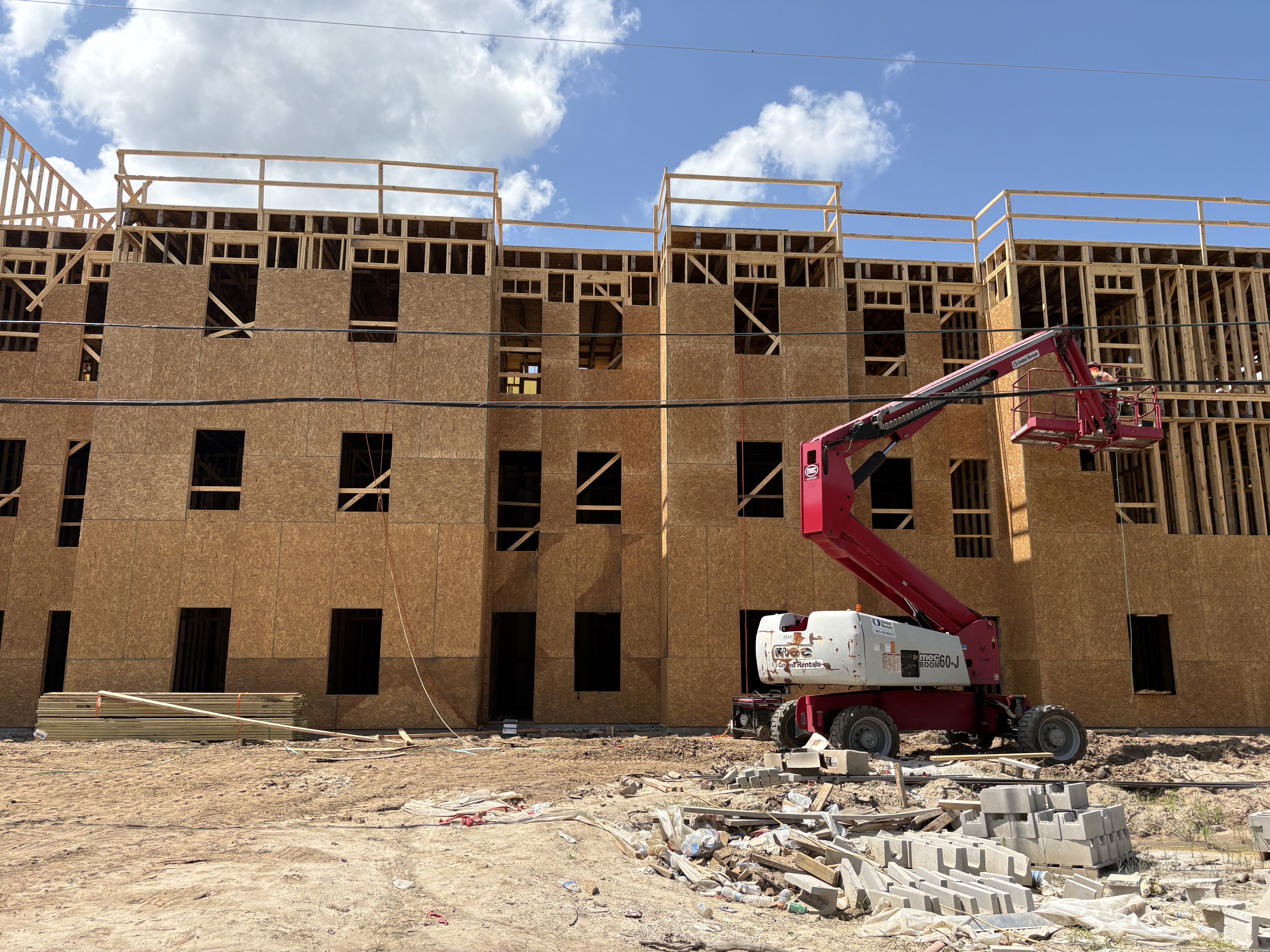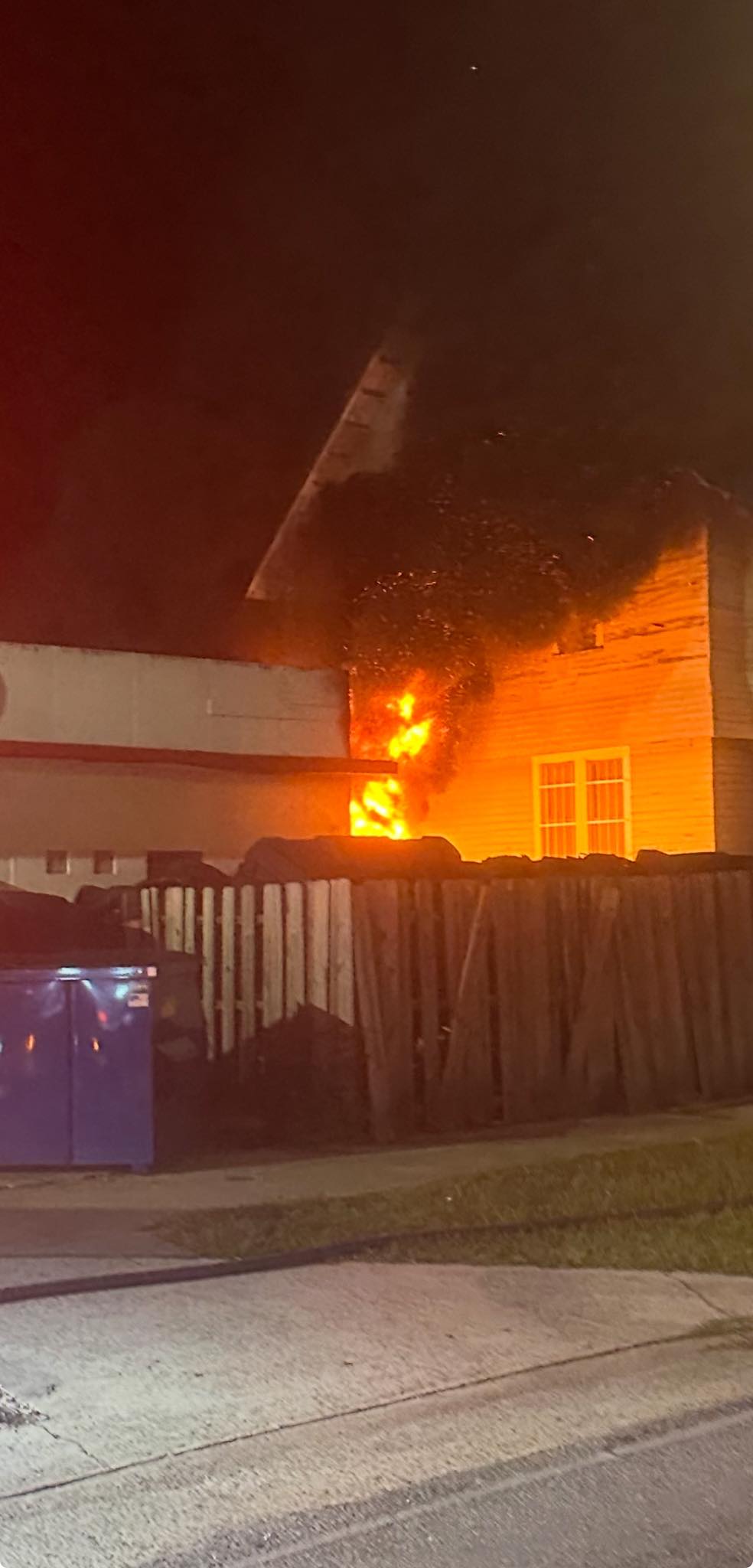Steamboating on the Suwannee River – Part 3
Published 4:31 pm Thursday, November 28, 2013

- 1003.jpg
Information supplied by Eric Musgrove, county historian
Trending
As railroads expanded throughout Florida, they encountered the already existing steamboat lines. For a time it was thought that the two modes of transportation would complement each other; steamboats going where railroads could not go, and vice versa. Many businessmen chose one method of travel or the other and invested heavily, but Henry Bradley Plant was one man who excelled at both. Plant’s company would play a significant part of Suwannee River steamboating (and railroad) history until Plant’s death in 1899.
Henry Plant spent many years in the railroad, steamboat, and express parcel service prior to and during the Civil War. After the end of the War Between the States, he saw a great business opportunity to rebuild the south’s wrecked transportation infrastructure. Purchasing several railroads through foreclosure sales, Plant entered the Florida railroad market in 1879 and began adding steamboat lines to his ventures. Although his steamboat lines on the Apalachicola and Chattahoochee River System, the St. Johns River, and the Suwannee River were secondary to his railroad and land holdings, they still formed an important arm of transportation in Florida. Mr. Plant shifted several well-built steamboats from where they were constructed in the north to locations in the south, including the Suwannee River.
The first steamboat on the Suwannee River brought in by Henry Plant was Caddo Belle, which began operations in July of 1883. She was built in 1880 in Ohio and displaced 167 tons, measuring 125’ x 25’ x 3.5’; records of the day list her as being a stern-wheeled two-decker. Like many steamboats of the era, Caddo Belle would haul freight on her lower deck and passengers on her upper deck. Advertisements stated that she connected with the newly built railroad in Branford. Unfortunately, Caddo Belle was never very successful on the Suwannee River. In April of 1884, the Daily Enquirer and Sun of Columbus, Georgia reported that it was likely that Caddo Belle would be moved to Columbus to replace a steamboat that had been destroyed by fire on the Apalachicola River, at least until a new steamboat was built. This move apparently happened shortly thereafter, as by the fall of 1885, Caddo Belle was abandoned on the Apalachicola River as being unfit for service. Although Caddo Belle served as an inauspicious start (Caddo Belle’s captain had committed suicide in 1881), Plant’s steamboats would have better luck in the succeeding years.
While Henry Plant was running the first of several steamboats on the Suwannee River, others were profiting from the route as well. It is very likely that the steamboat Eva was used on the Suwannee River starting in November of 1881. She displaced 115 tons and was 100’ x 22’ x 3.5’ in size. Built in New Orleans in 1875 and owned by interests in Tampa, she was plainly built but listed as having some type of enclosure on her upper deck. Her captain during her time on the Suwannee River was Samuel Reddick, the man who had owned David L. Yulee during much of her existence. Eva served until April of 1883 when she was wrecked.
One of the more famous steamboats to travel on the Suwannee River was Bertha Lee, built on the Ohio River in 1879. She displaced 121 tons and measured 130’ x 21’ x 3.8’. Bertha Lee was transferred to Fort Myers in 1883 after a trip down the Ohio and Mississippi Rivers and then across the Gulf of Mexico. Her owners’ intended purpose once reaching Florida was to sail upon the Kissimmee River and the connecting lakes from Kissimmee to Lake Okeechobee. One of the great steamboat stories in Florida details Bertha Lee’s voyage from Fort Myers to Kissimmee. The trip normally took three to five days, but it took Bertha Lee and her crew 53 days due to the lack of water depth and her size; at times the crew had to dig their own channels or wash the dirt away with the steamboat’s stern wheel to proceed further. Running low of food and wood, the crew took to bartering with Seminole Indians in the area for the necessary supplies.
Bertha Lee’s owners quickly realized that she was too large for the Kissimmee River, and after a brief stint on the St. Johns River she was sold to Captain Benjamin Franklin Hall Jr., who had commanded her during the epic trip from Fort Myers to Kissimmee. Captain Hall brought Bertha Lee to the Suwannee River in late 1885 or early 1886. Her exact amount of time on the Suwannee River is unknown, but it was long enough for her to be identified with the river in advertisements. Bertha Lee eventually moved to the more profitable Apalachicola-Chattahoochee River run but ran aground and was wrecked just after Captain Hall had spent his life savings ($10,000 at the time) on a refit and repairs. After working as a hotel night clerk in Kissimmee, he regained his fortune and purchased several small steamboats for use in Central Florida.
Trending
By the mid-to-late 1880s, several steamboats were plying the Suwannee River, their various owners making a living transporting goods and passengers along the dark waters of the River. Probably the most prominent of the steamboat operators on the Suwannee River during this period was Robert Absalom Ivey of Branford. In next week’s article, we will look at Robert Ivey’s contribution to steamboating on the Suwannee River.





